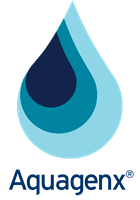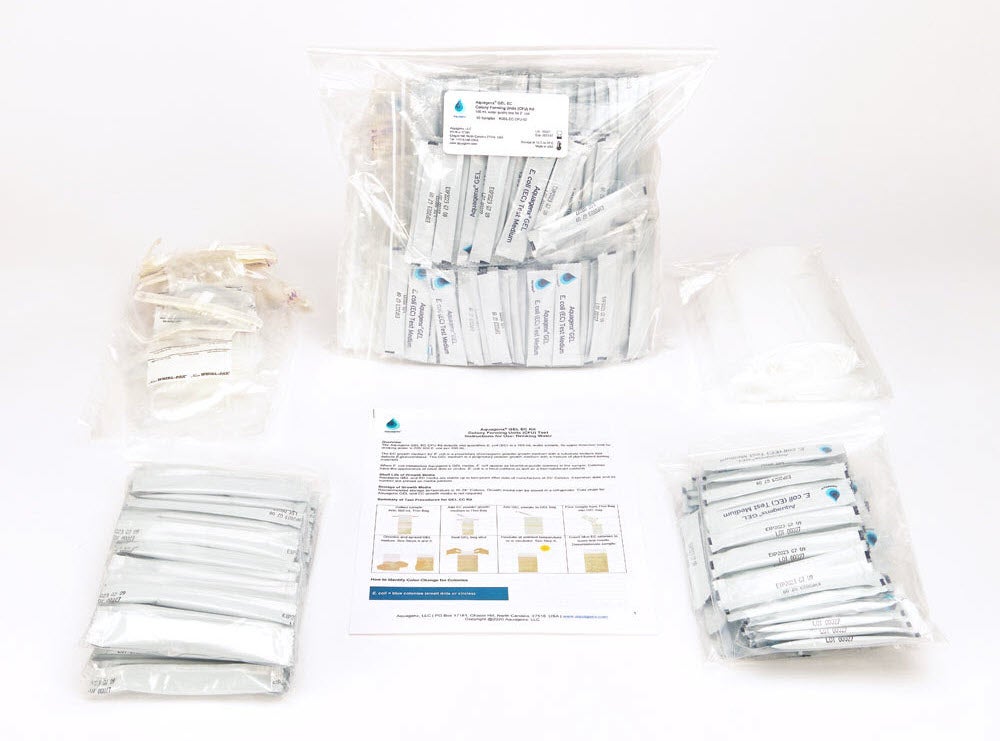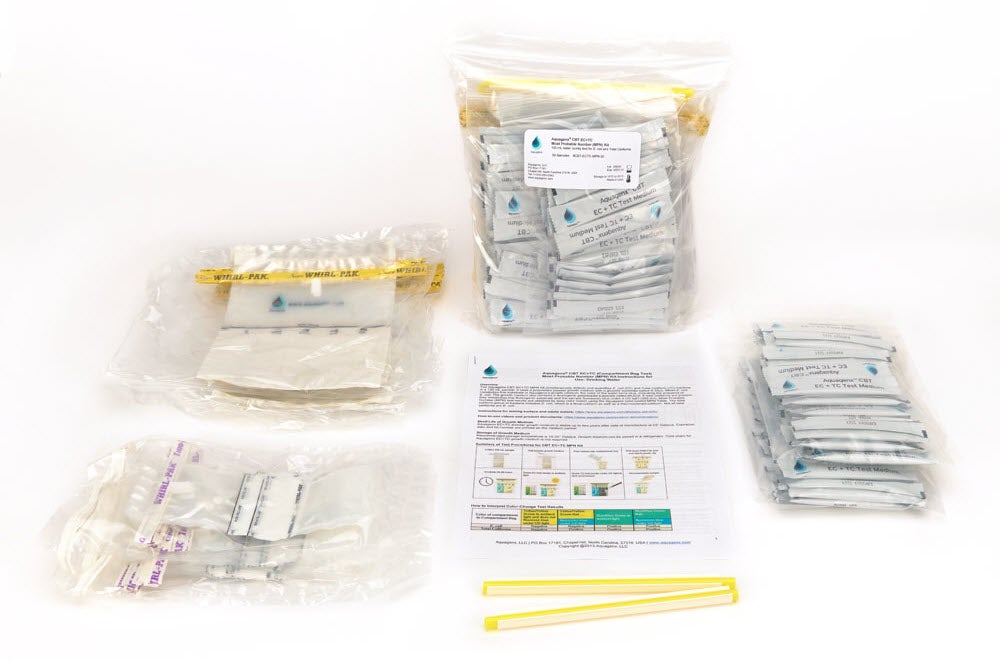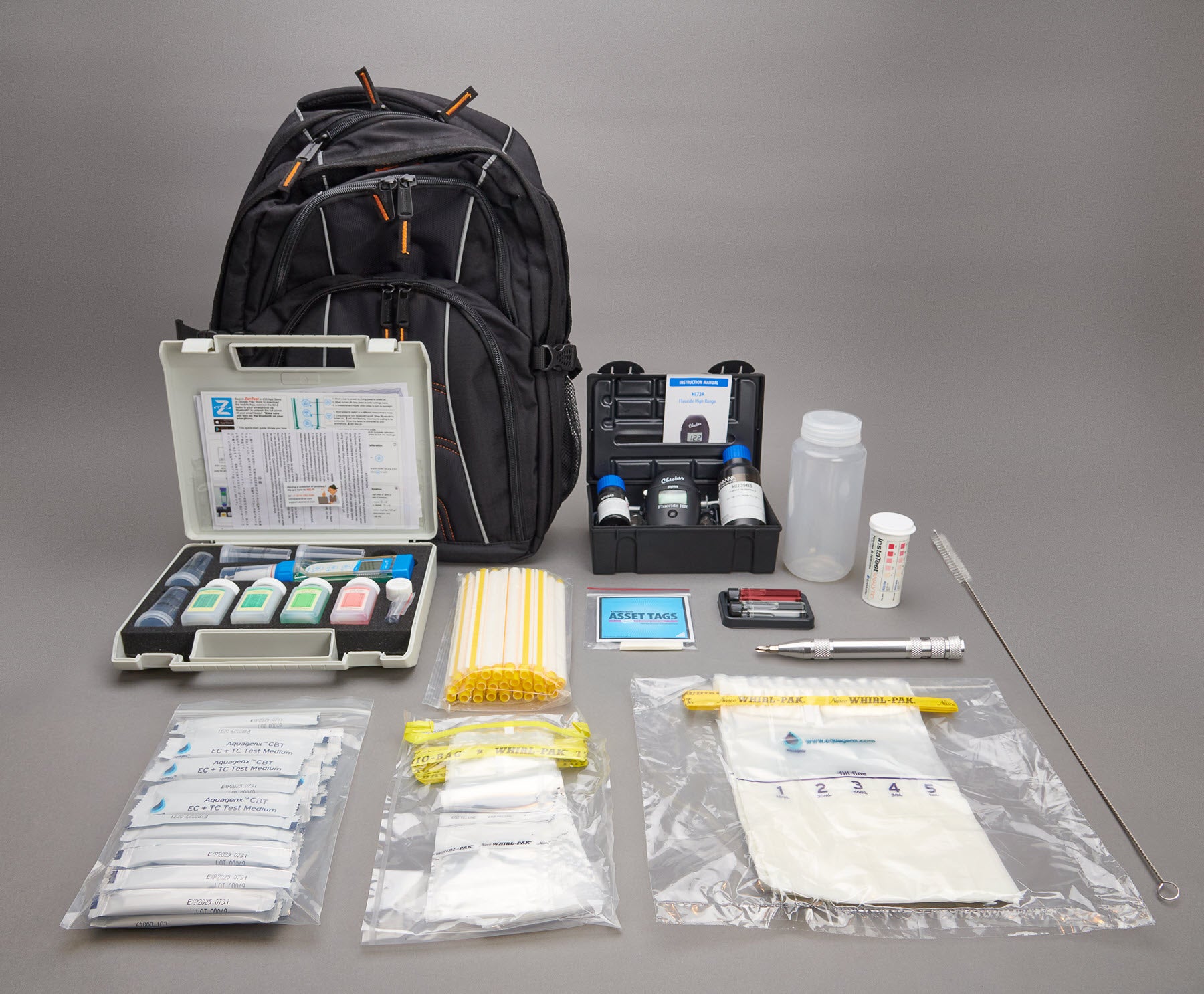Water Quality Testing of Surface Waters
Fecal contamination of surface waters originates from human, domestic, agricultural and industrial sources such as wastewater plants, sewage overflows, agricultural runoff, on-site septic systems, domestic and wild animal manure, storm runoff, improper boat waste disposal and ill or unsanitary swimmers.
A rising global public health threat is the proliferation of antimicrobial resistant ESBL E. coli in surface waters. Another risk to human health is when shellfish in marine water is contaminated by fecal pathogens. It is estimated there will be dramatic increases in the millions across the globe in the coming decades due to ESBL E. coli in surface waters.
E. coli outbreaks in fresh recreational waters are serious. County and state health departments regularly test for E. coli in fresh recreational waters to comply with regulations and avoid widespread illness. The U.S. EPA recommends E. coli as the best indicator of health risk in fresh recreational waters.
Aquagenx Test Kits for Surface Waters
AMR ESBL E. coli Kits
AMR ESBL E. coli test kits provide either Most Probable Number (MPN) or Colony Forming Units (CFU) test results.
E. coli + Total Coliform Kits
E. coli + Total Coliforms test kits provide either Presence/Absence or Most Probable Number (MPN) test results.
Chemical and Physical
Field Kits combine Aquagenx microbial tests with chemical and physical tests and equipment.



